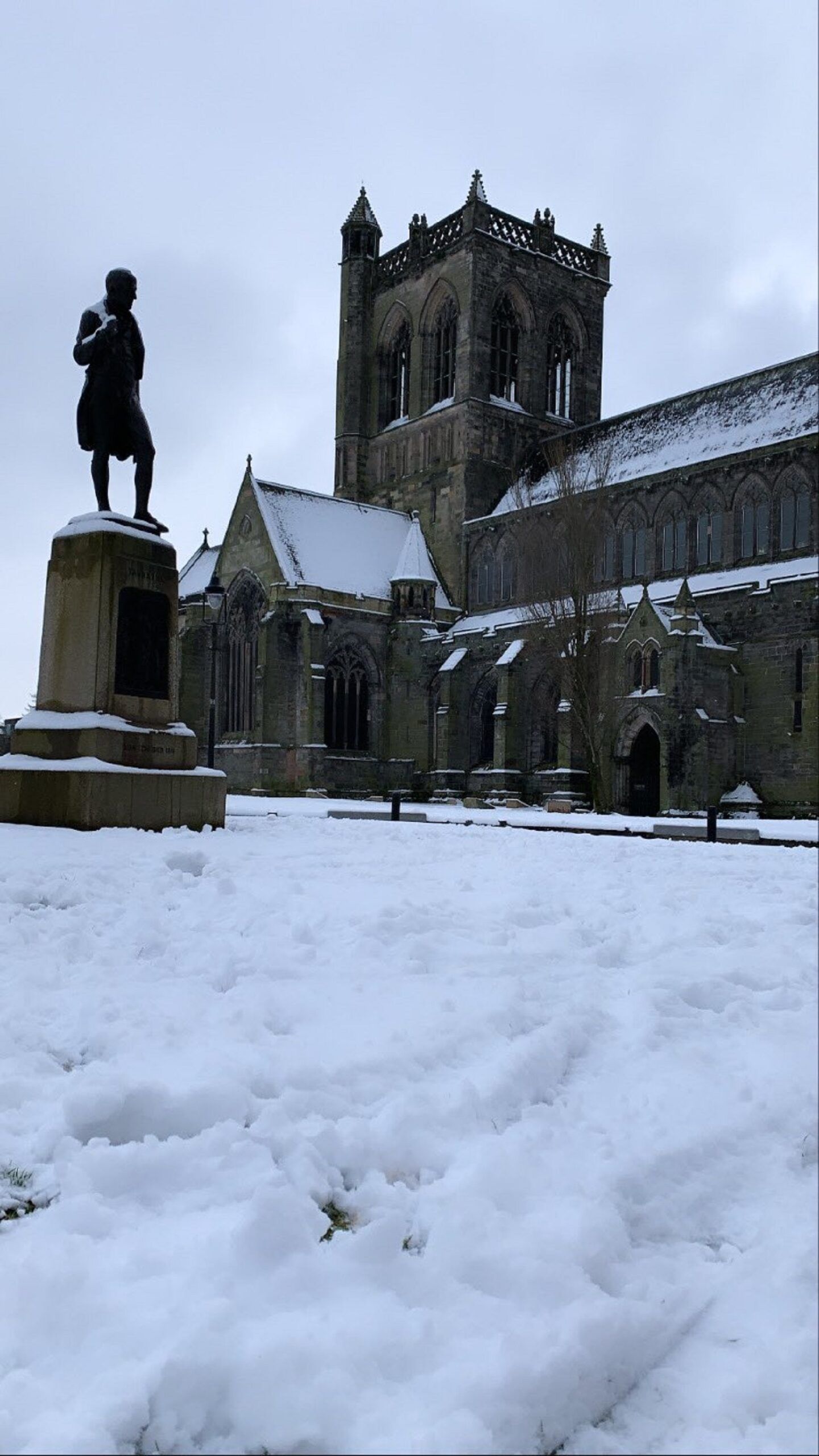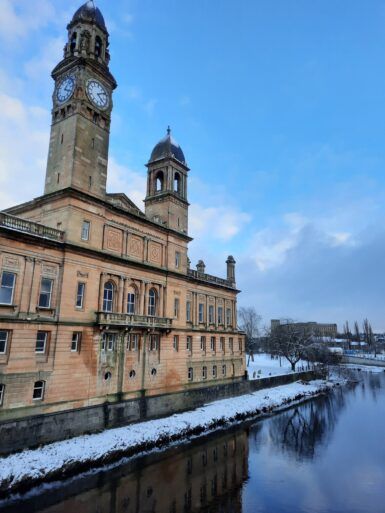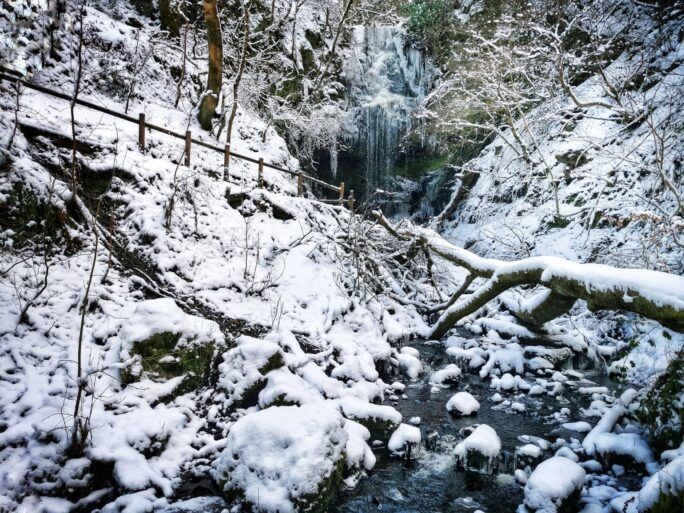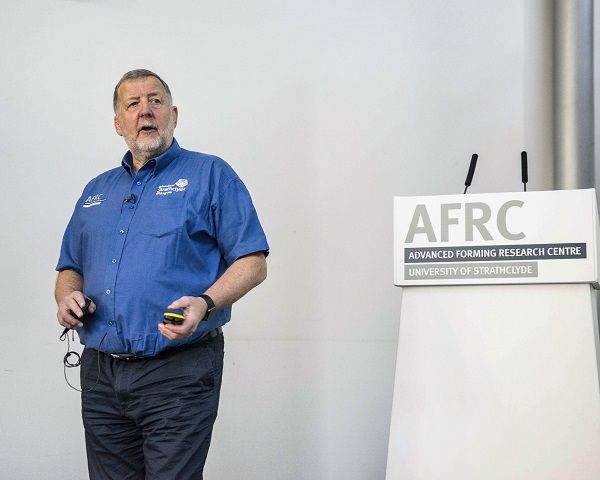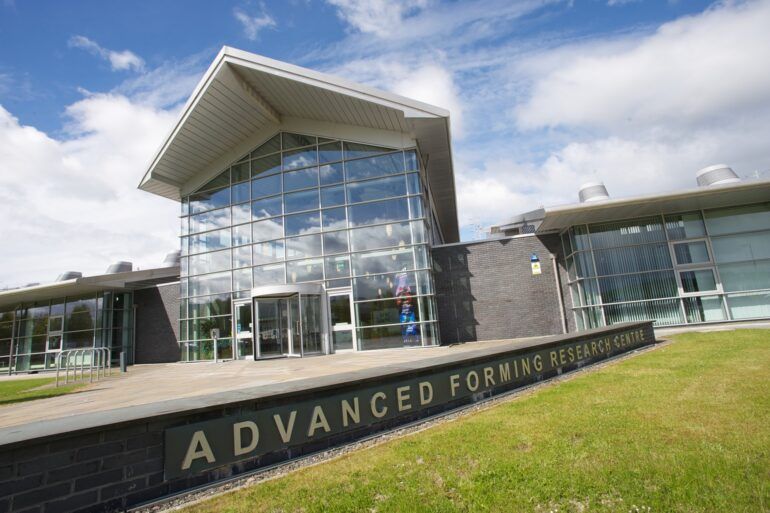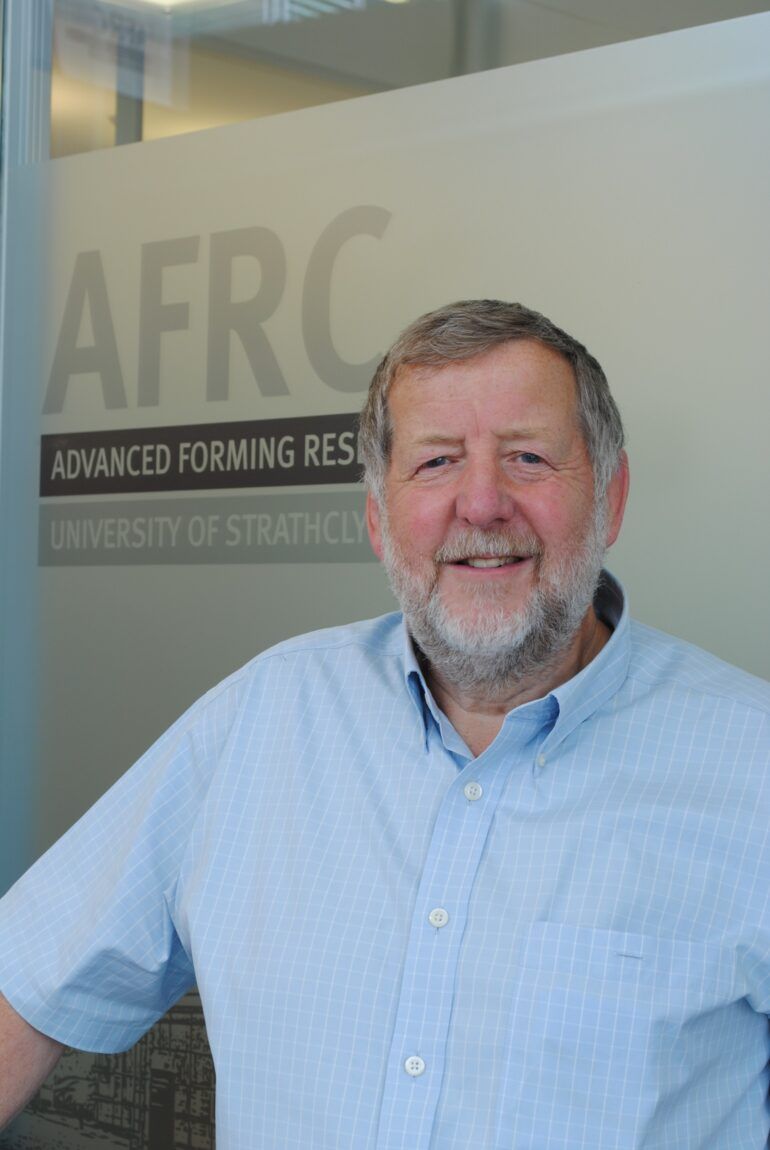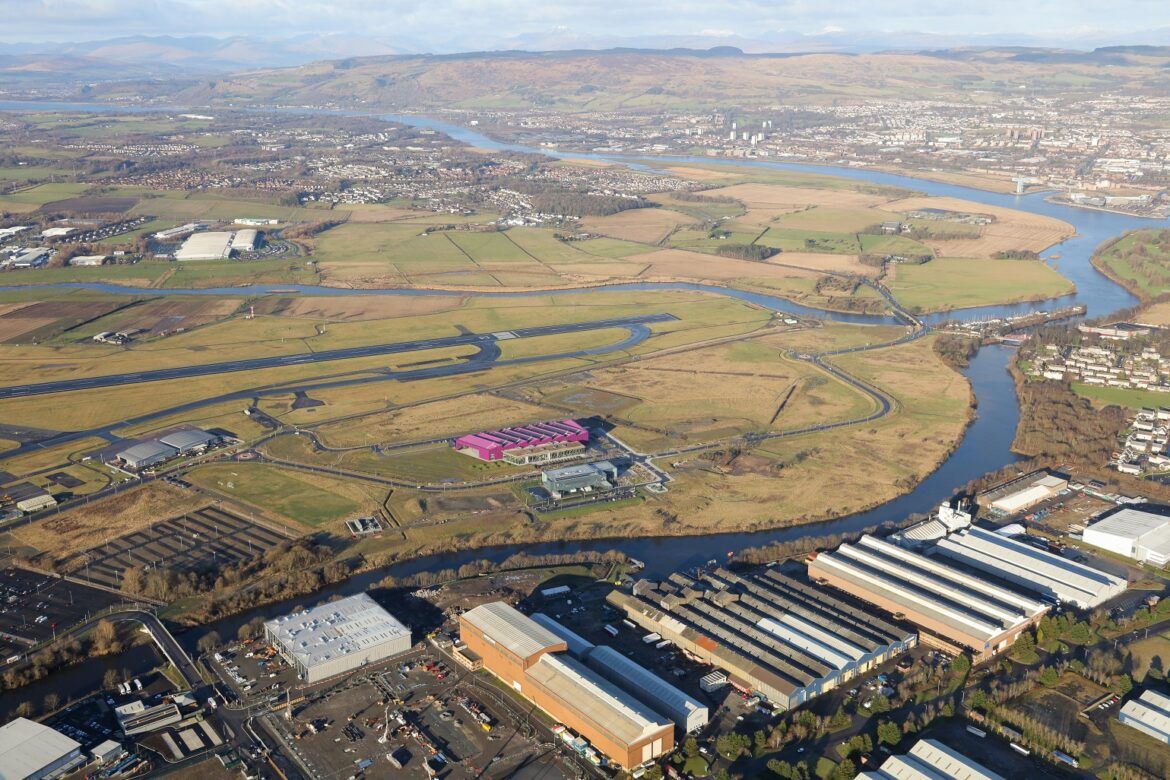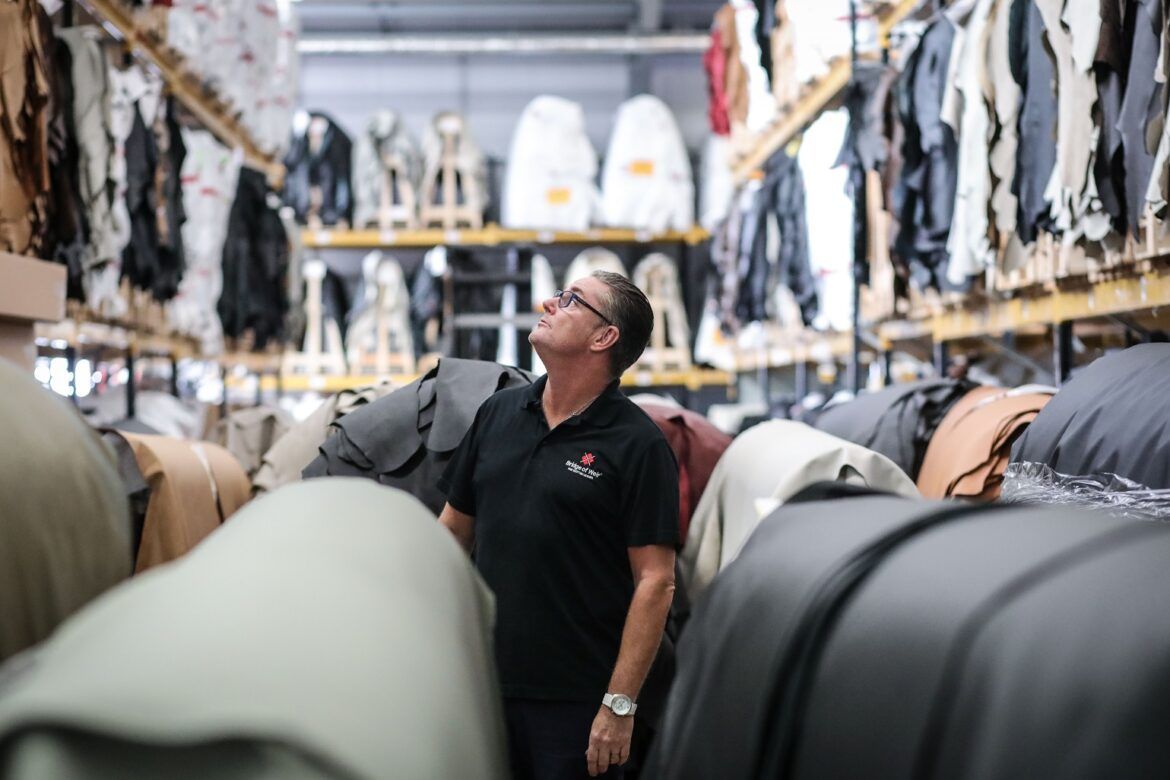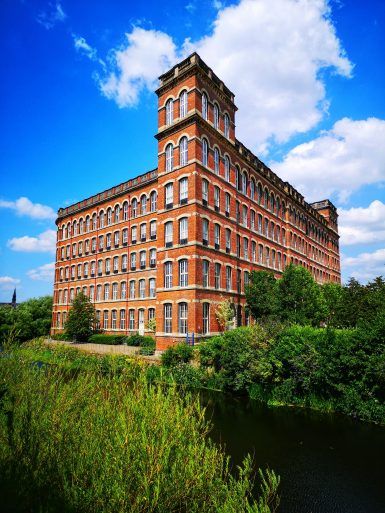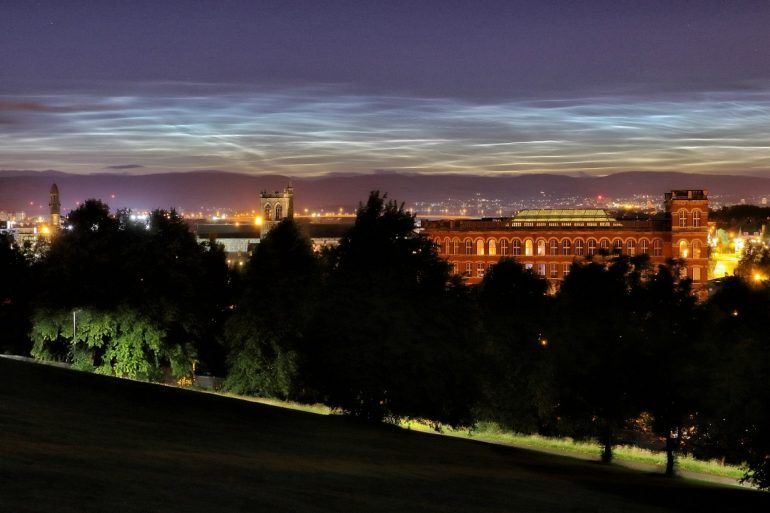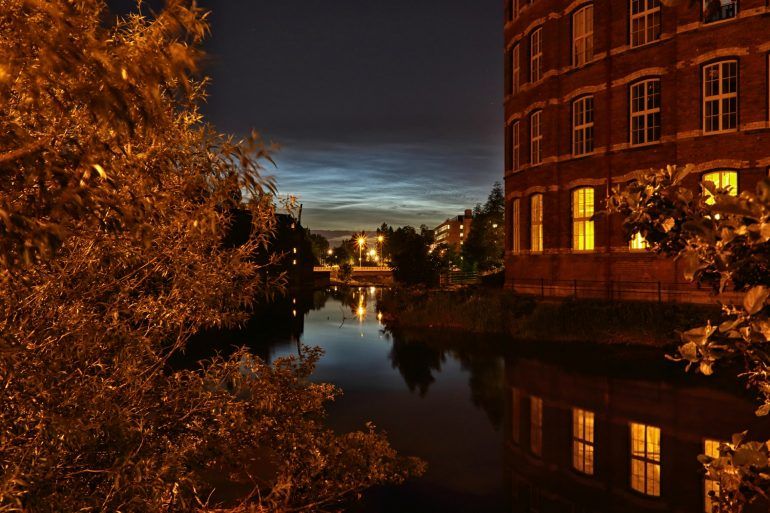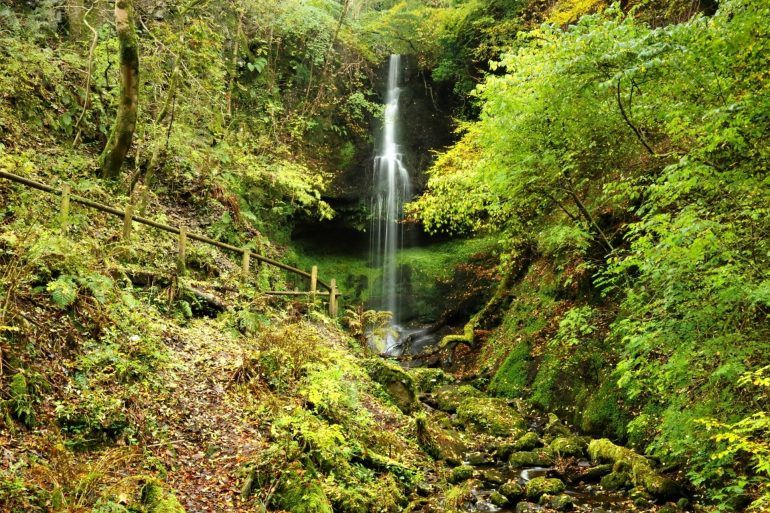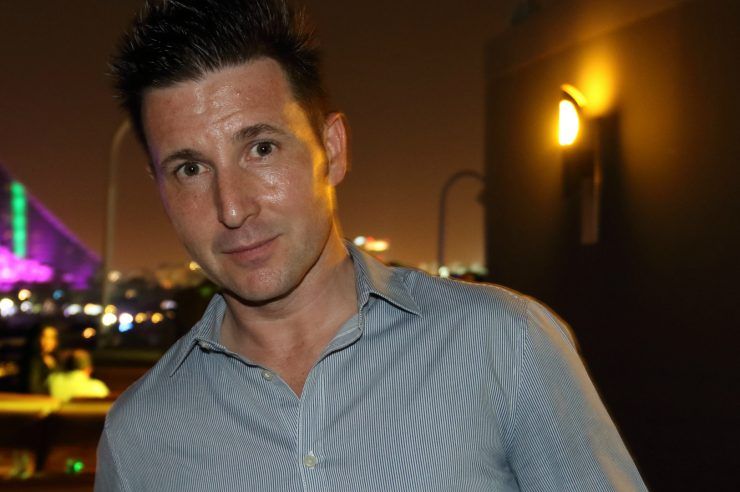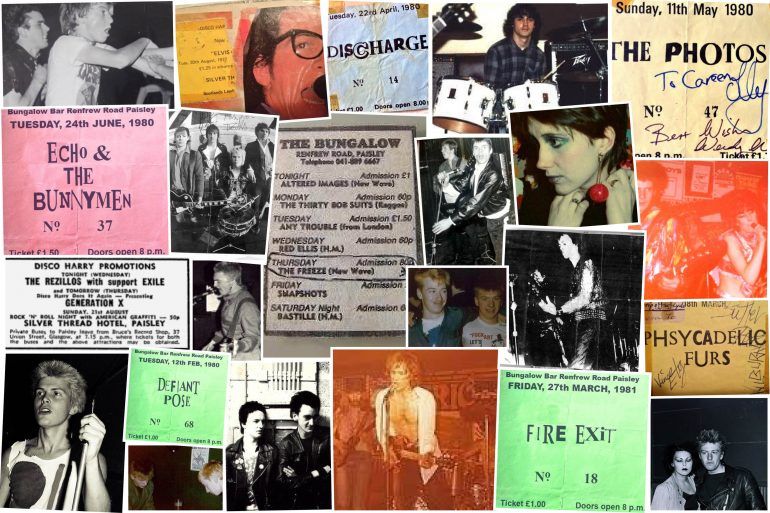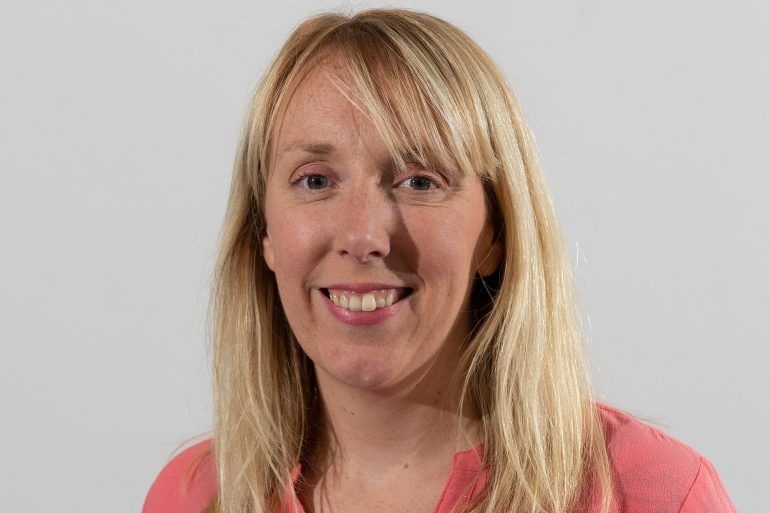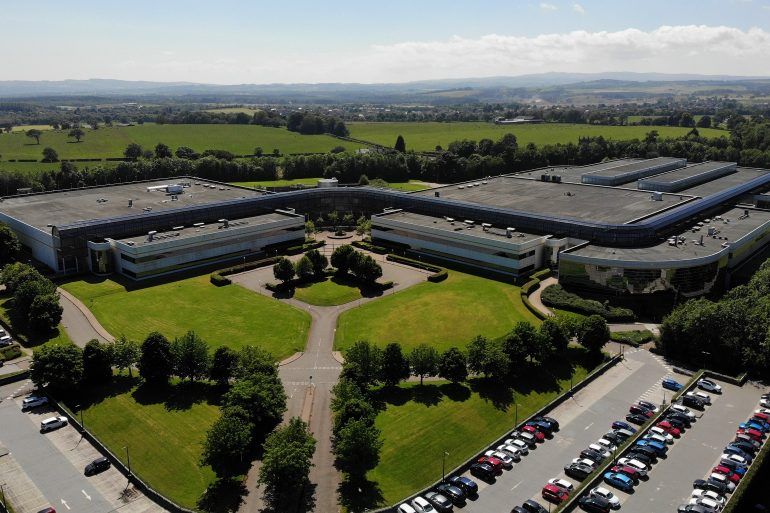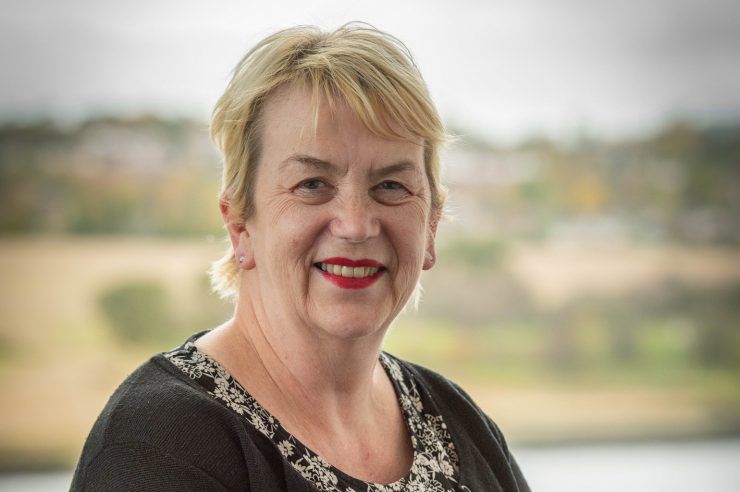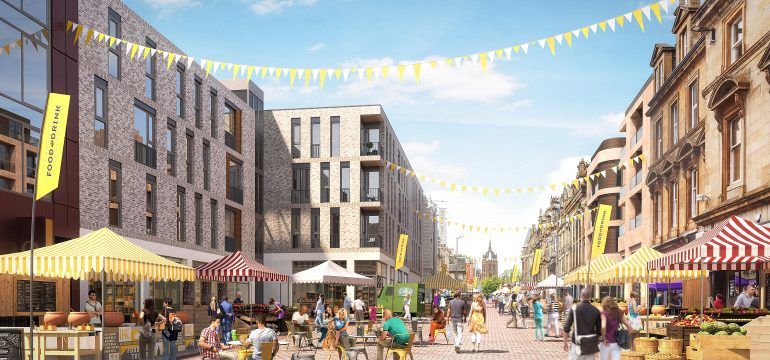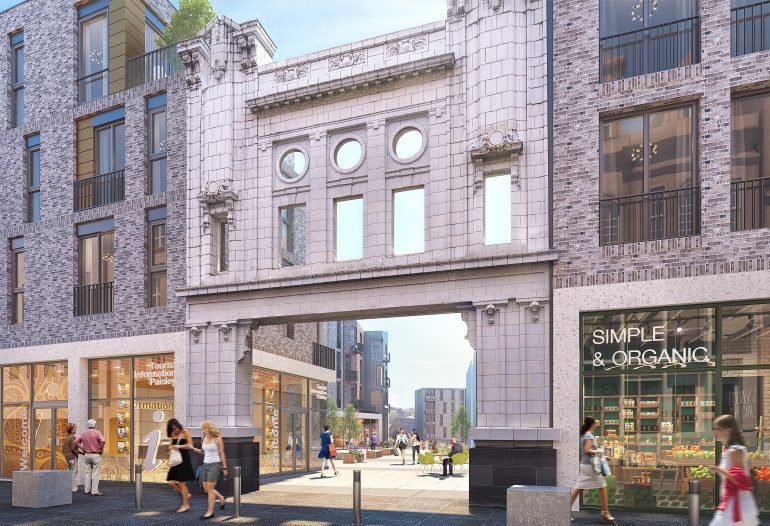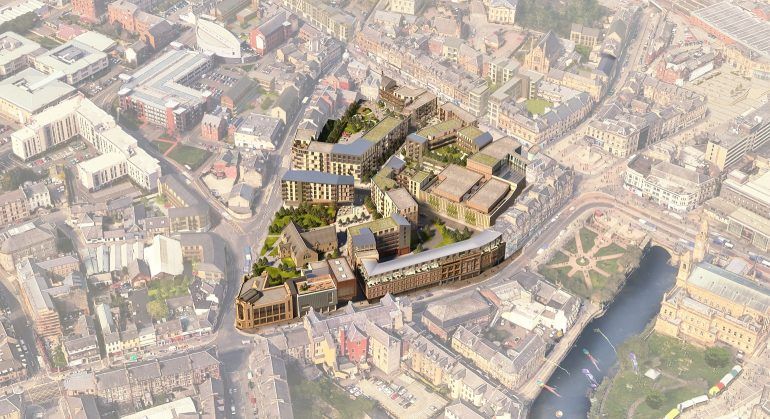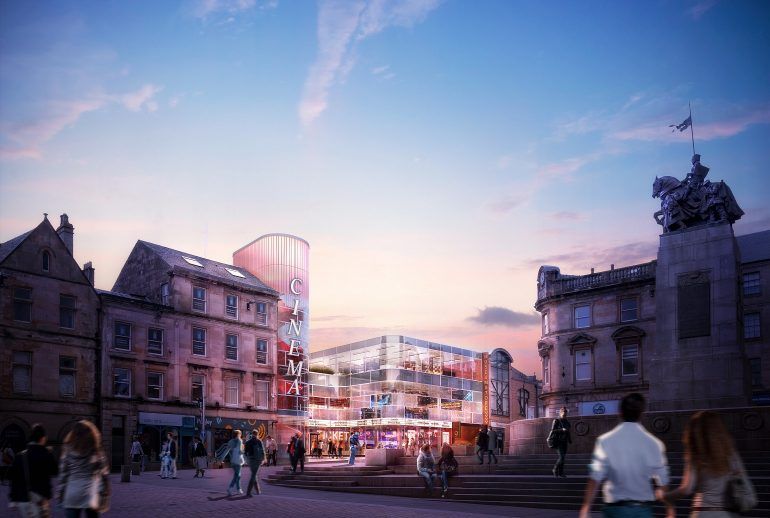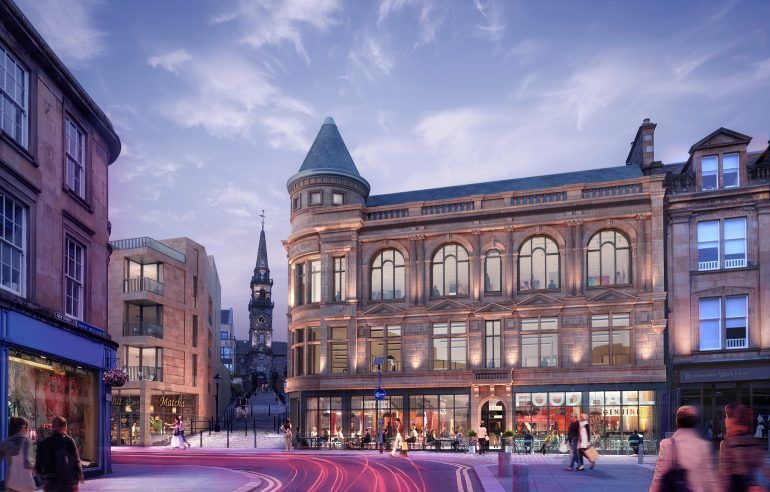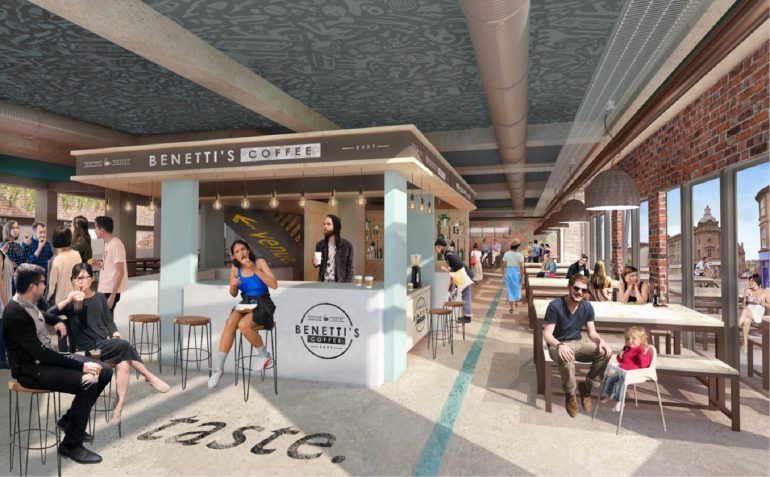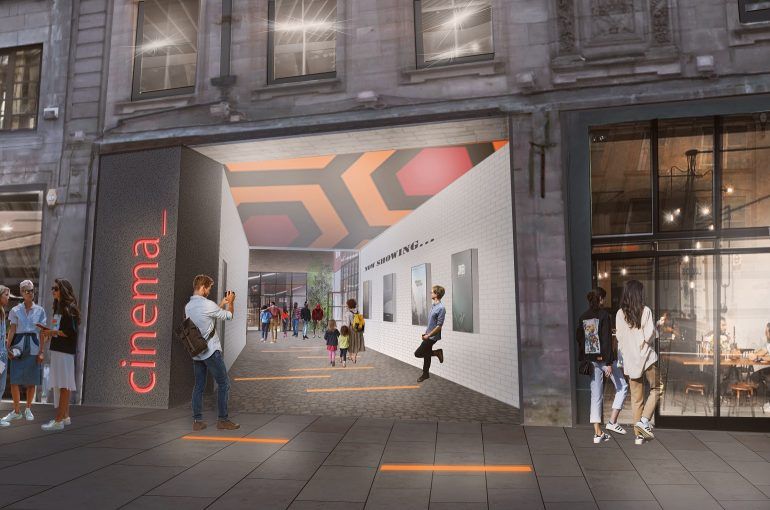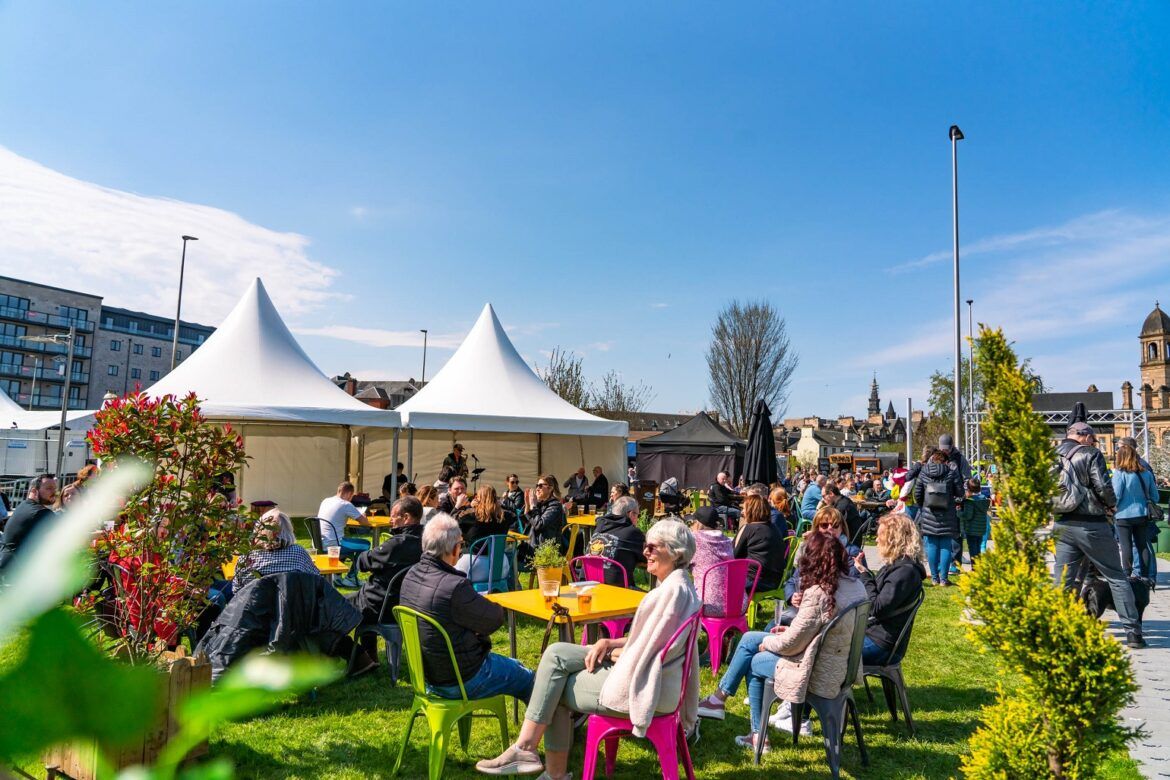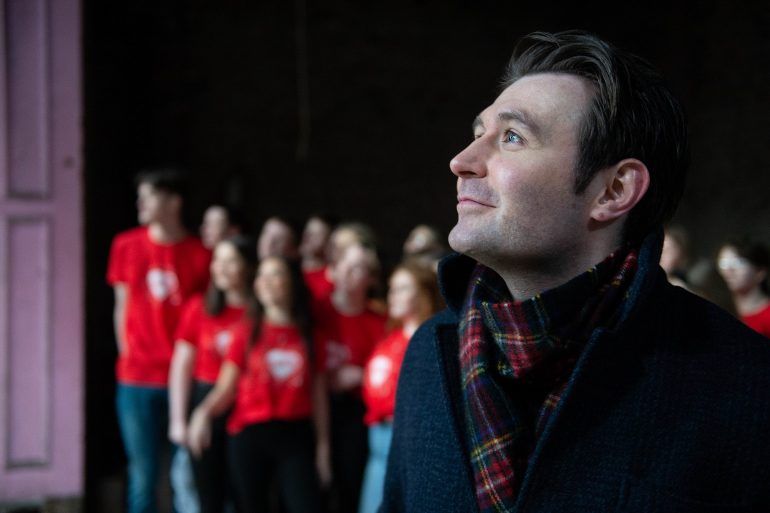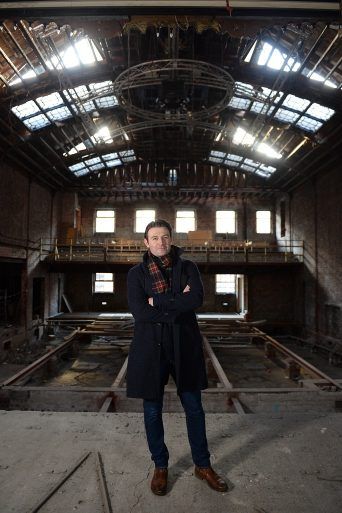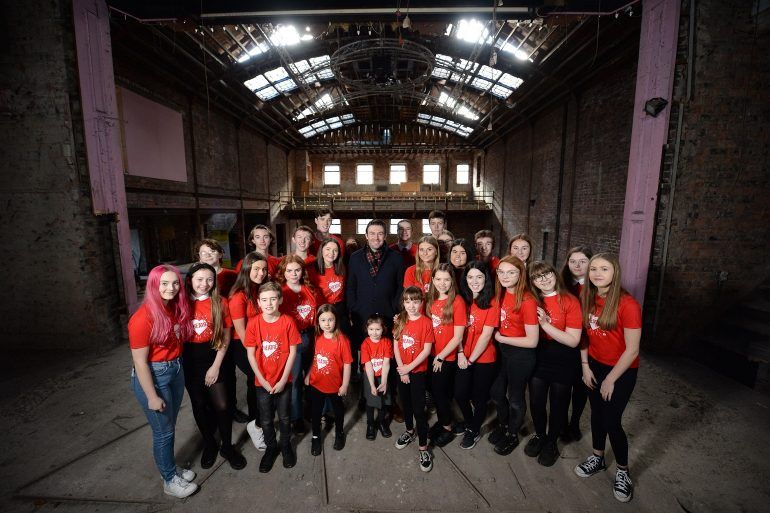Images supplied by Neil McLean
This is the first of a new series of MILLxPaisley.is articles produced in partnership with MILL Magazine. We hope you enjoy it!
In a way that mirrors our modern world, the mid 70’s was propelled forward by two unmistakable forces- activism and innovation.
Dubbed “a pivot of change” by historians, the cultural and political landscape would be forever altered by ground-breaking developments that took the prohibitive attitudes of the past and emphatically discarded them.
While it’s easy to presume that these everyday acts of revolution were occurring in some distant land, one of the era’s most potent and enduring forces found solace in a town teeming with talent and a simmering spirit of rebellion.
Unwilling to bow to tyranny, the songs that pay homage to the industrial action that inspired our annual Sma’ Shot Day and the powerful anti-slavery poeticisms of our bard Robert Tannahill may seem, at face value, inapplicable to the 1970’s. Yet upon closer inspection, they share ancestral DNA with the rugged protest music that would come to define the decade. Namely, the biting, abolitionist fury of punk rock.
“Glasgow’s City Fathers had serious concerns…”
Denouncing polite society and the overwrought sounds of early 70’s rock music in one fell swoop, punk took things back to the basics in the most exhilarating fashion imaginable. The voice of the disaffected youth that’d been numbed into apathy by the charting sounds, its minimalist three chord structure and yelped lyrics gave it an industrial quality while in the same breath, leaving ample room for creativity.
Naturally, that fusion of the two made it a perfect fit with a town that’d made its name exporting ingenuity to the wider world. However, Paisley’s tight-knit affiliation with punk came through process of elimination.
As is customary with any youth movement, the establishment acted scornfully, downgrading its revolutionary ideals to plain-old delinquency. Speaking as the grassroots genre began to instil panic within suburban minds, Glasgow’s Lord Provost took a hard-line stance against the scene declaring, “We have enough hooligans of our own without importing them from south of the border.”
Sparked by a sole gig that rocked the city in July of 1977, John McNeil, lead singer of famed Scottish punks The Zips. correlates Glasgow’s decision to outlaw the genre with Paisley’s informally adopted status as a refuge for the new musical form.
“Glasgow’s City Fathers had serious concerns about punk and any bands of that ilk wouldn’t be welcome”, ‘Jonzip’ recalls. “In the Sex Pistols’ case, they were banned from even entering the city boundary. These draconian measures came off the back of a rowdy Stranglers gig in the old City Halls. Coupled with local press hysteria and the Pistols’ infamous– but hilarious– appearance on Bill Grundy’s Today Show, the unofficial ban lasted 2 months. But at local level, lasted well into ’78 as the pub owners feared losing their licences. Initially, we couldn’t get a gig for love nor money. It was a case of no room at the inn if you played any faster than waltz-speed.”
“Meanwhile, Paisley was proving to be a hotbed of punk activity. This ‘punk Dunkirk’ between the two towns was achieved via Bruce’s Record shop in Glasgow, which organised buses to transport gig-goers to the rescheduled shows.”
“The knock-on effect, though” John continued “was to encourage an ever-increasing punk awareness amongst the youth of Paisley. Which in retrospect, was to the detriment of Glasgow.”
“It was a hotbed of talent.”
Unbeknownst to John, there were already idealistic young creatives from Renfrewshire that had set their sights on a life of rallying against the status quo. Among the first wave of acts to decamp to Paisley’s St James Primary School hall to hone their material, Gerry ‘Attrick’ Rodden of Fire Exit remembers all the pieces serendipitously falling into place for them.
“I brought up in Renfrew and I’d always played in bands. They were mostly rock, but I was always into The Stooges and Iggy Pop as well as New York Dolls and all that. They helped it explode over here, so it was just a natural progression into it”, Rodden reminisces. “I was a drummer but I ended up singing in a punk band from 1977 onwards. Somehow, I’ve been in same band for 43 years (laughs).”
“We formed with a bass player from Paisley and a drummer from Renfrew. After that, we went down to London to record a single, engineered by Pat Collier of The Vibrators”, Gerry beams.
An excursion that’d result in him becoming ‘pally’ with Captain Sensible of The Damned—whose October 1976 single ‘New Rose’ is often cited as the first UK punk single– alongside a whole host of other luminaries, Fire Exit is one of many Paisley acts who’d go on to make an impact further afield.
Like any illustrious music scene, Paisley’s pivotal role in the wider punk mythology would’ve been impossible without beloved venues for it to orbit around. And in ‘Life After Dark’ by famed ‘The Hacienda’ DJ Dave Haslam, he cites one such Paisley haunt among a laundry list of iconic epicentres to hear new talent. Discussing this incendiary timeframe, Haslam recalled the “added pleasure of tracking down emerging bands and ending up in a room full of like-minded music fans”.
For some fortunate fans, [they could] embrace these excitements at [Liverpool’s] Eric’s, The Factory in Manchester, The Limit in Sheffield, the Nite Club or Valentino’s in Edinburgh, the Bungalow Bar or The Sandpiper in Nottingham.
“Some months or years later”, he continued, “there could also be the satisfaction and a host of memories gained from having seen bands fresh, close-up and hungry, on their way to a career playing major halls and selling millions of albums.”
A genre that was defined by its patrons as much as it was its performers, Neil ‘Tam Pax’ Mclean looks back upon the original incarnation of The Bungalow fondly.
“A maestro, by the name of Louden Temple, saw what was going on beforehand and opened the doors to some of the most incredible bands coming out at the time. Not only was The Bungalow a haven for the local punks and held infamous Saturday afternoon jamming sessions, but night-time made it a home to a who’s who of the top punk & new wave groups of that period”, Neil proclaimed. “The list of artists and bands playing The Bungalow was endless. It was a hotbed of talent. We were all regulars and the great thing was that you could mix with the groups. It really added to the atmosphere.”
The Skids, Psychedlic Furs, The Associates, Altered Images…
Having played in the original Bungalow “about three times” before performing in its modern-day, Shuttle Street incarnation years on, Gerry Attrick cited one instance where a Fire Exit set was taken in by soon-to-be illustrious onlookers.
“One time, Jim Kerr [of Simple Minds] and Billy Sloan [BBC Radio Scotland DJ] were sitting the end of the bar watching us.”
Counting The Skids, Psychedelic Furs, The Associates, Altered Images, Chelsea, Slaughter and the Dogs, Echo and the Bunnymen, Aztec Camera, The Fall, Primal Scream, Teardrops Explode, The Zips and Belle Stars among the alumni, Simon Goddard’s ‘Simply Thrilled’– a history of Glasgow’s Postcard Records– spotlighted one particularly noteworthy set from Orange Juice as they barrelled towards the success that awaited them, claiming that “during the ramshackle set, a third of the audience took their leave, but those remaining demanded two encores.”
Never intended to be middle-of-the-road, it’s a story that exemplifies what punk, post-punk and new wave was and still is all about. It might not be for everyone, but those who loved it will cherish it like nothing else.
Placed in exemplary company as far as seminal venues go, Paisley’s position as an outpost for punk is also indebted to a now-obsolete hotel. Known as the Silver Thread, Made In Paisley’s Caroline Gormley would later learn that her dad—the chef—would sneak skint young punks through the backdoor to see their idols up close and personal.
“My dad died five-years-ago and it was a taxi driver who told me that he’d let him in. He’d never mentioned it and I was in the back of the car greetin”, she revealed.
As expected, Neil Mclean has nothing but halcyon memories of his time spent in this hallowed, Blackhall Street venue.
“The bands that played there were like a case study in punk talent, featuring the likes of The Rezillos, Generation X, The Adverts, Boomtown Rats, Elvis Costello, Johnny & the Self Abusers (later to become Simple Minds), Buzzcocks and more. There were also rumours of Sid Vicious drinking there one night, apparently sussing it out for the band’s upcoming ‘alias tour’ [as S.P.O.T.S].There are many fantastic memories from these times, Rose & Drew McDowall– who’d go on to join Poems and Strawberry Switchblade– were regulars along with Jim Kerr and the Glasgow cohorts.
“I remember us all sitting with Billy Idol and his group [Generation X] before their gig and when Billy got up to do sound check, I asked him to play ‘Anarchy [In The UK]’ and he did! Also, everyone lined up at the bar to get their mouths pierced for £1. You sucked on an ice cube for a minute before big Kenny Clash slammed a safety pin into your gub! These were fantastic times where young kids who liked the scene could actually see these groups in the flesh.”
Spawning the short but acclaimed discography of Paisley’s Groucho Marxist Records, its figurehead Tommy Kayes would then go on to mint the Paisley chapter of Rock Against Racism.
Echoing the movement that was led by The Clash, X-Ray Spex and Jimmy Pursey at the famous gig in London’s Victoria Park, Paisley would have its own RAR shows at Paisley TUC Club in Orr Square. In turn, setting the stage for what The Zips’ vocalist fondly remembers as “the first and last Ferguslie Park Festival” on 23rd June 1979.”
“It consisted of local boys, The Fegs, Mentol Errors and Defiant Pose along with Dialetics and Liberty Bodice”, McNeil remembers. “The bands performed on a flat-bed truck with an under-powered PA, in incessant pouring rain. The riot police were holed up in their vans, they were spoiling for a fight but didn’t want to get wet! The review in NME, was full of social comment, but there was precious little about the music.”
A legacy – and no shortage of unbreakable bonds
While that particular publication didn’t place an onus on what Paisley had to offer, Renfrewshire has ties to the proud punk tradition of the fanzine.
“Take a bow, I.T.A.E (It Ticked and Exploded)”, says John, “created by Robin Gibson, a schoolboy from Johnstone, who would go on to become deputy-editor of UK music-weekly, Sounds.”
As the punk ban gradually petered out, Paisley was no longer synonymous with the sound of resistance, but that hasn’t dampened its legacy one bit.
Decades later, an ex-pat of this fruitful scene would later go on to discover Paisley’ next great musical export. Initially making his way into music as the former bass player of The Mentol Errors, Brendan Moon is often pinpointed as the man that discovered Paolo Nutini. Born in Erskine but indebted to the experiences he had here in his formative years, Moon remains committed to nurturing local talent from Morsecode Management and Studios’ base in Hillington.
For those who lived it, Paisley’s synergy with the punk movement wasn’t a moment in time. Instead, it became the guiding force that realigned their perspective on the world, fostering no shortage of unbreakable bonds along the way.
“I met Arturo Bassick from The Lurkers all those years ago in The Silver Thread and yet he’s still playing, we’re still mates” Gerry Attrick affirms. “We all still meet up and did a gig with them and Menace at Christmas, it was magic. It’s just amazing how you stay connected to these folks”
Transporting Paisley from a humble satellite town to the home away from home for a pioneering genre, the spirit of those days still pulsates through the very heart of the community, just waiting to be reignited.

